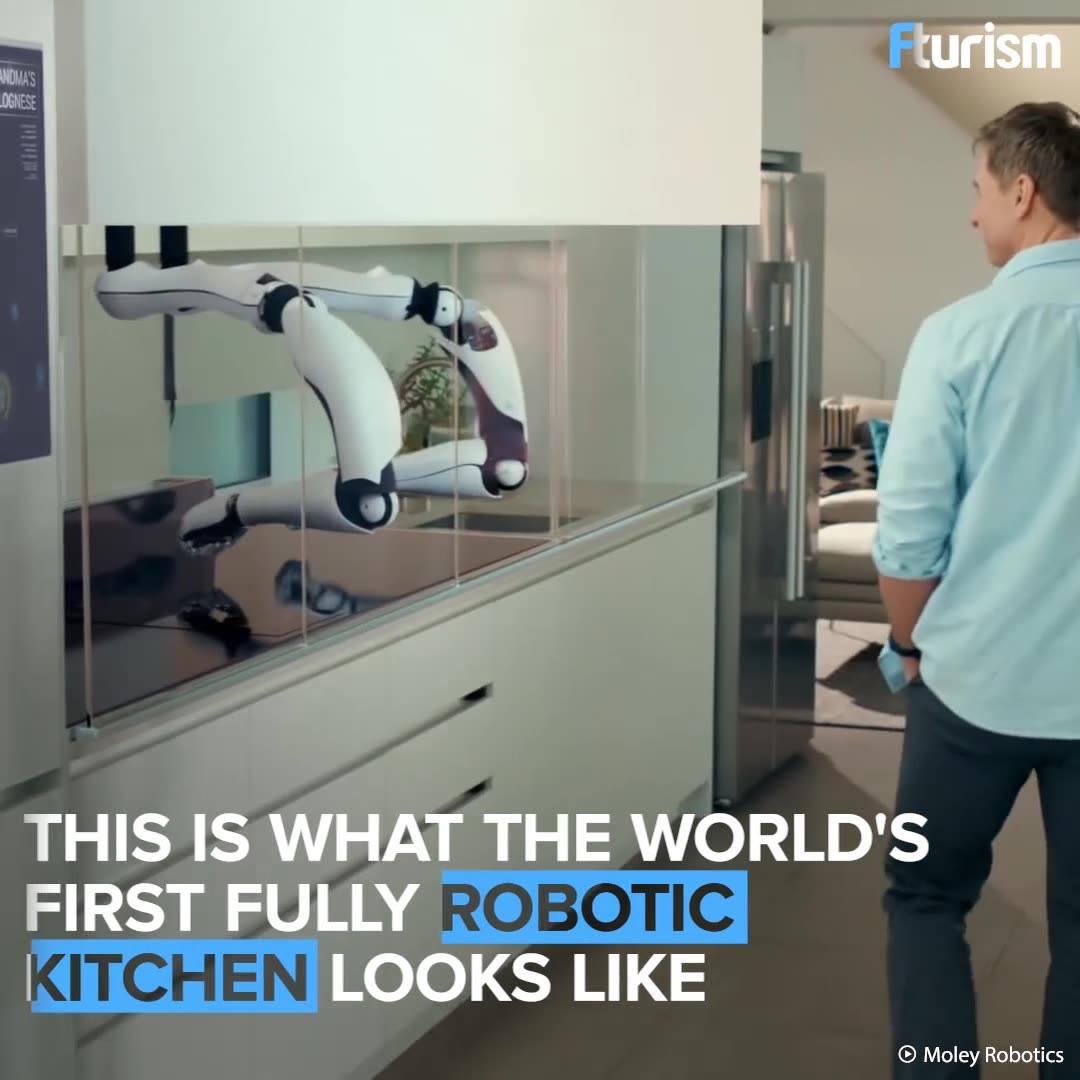Venus will appear with many vivid stellar landmarks in April’s night sky.
Quantum computing is promising to be one of the biggest technological revolutions of the modern era.
By harnessing the power of quantum mechanics, machines will be able to achieve data processing of speed and complexity unattainable with current computers. Traditional computers are based on a binary model on a system of switches that can be either on or off, represented with a 1 or a 0.
Quantum computers are different in that their switches can be in both the on and off positions at the same time, called ‘superpositions.’ This ability to be in two simultaneous states is what makes quantum computers faster. Much faster.
Each new technological breakthrough comes seemingly prepackaged with a new way for hackers to kill us all: self-driving cars, space-based weapons, and even nuclear security systems are vulnerable to someone with the right knowledge and a bit of code. Now, deep-learning artificial intelligence looks like the next big threat, and not because it will gain sentience to murder us with robots (as Elon Musk has warned): a group of computer scientists from the US and China recently published a paper proposing the first-ever trojan for a neural network.
Neural networks are the primary tool used in AI to accomplish “deep learning,” which has allowed AIs to master complex tasks like playing chess and Go. Neural networks function similar to a human brain, which is how they got the name. Information passes through layers of neuron-like connections, which then analyze the information and spit out a response. These networks can pull off difficult tasks like image recognition, including identifying faces and objects, which makes them useful for self-driving cars (to identify stop signs and pedestrians) and security (which may involve identifying an authorized user’s face). Neural networks are relatively novel pieces of tech and aren’t commonly used by the public yet but, as deep-learning AI becomes more prevalent, it will likely become an appealing target for hackers.
The trojan proposed in the paper, called “PoTrojan,” could be included in a neural network product either from the beginning or inserted later as a slight modification. Like a normal trojan, it looks like a normal piece of the software, doesn’t copy itself, and doesn’t do much of anything… Until the right triggers happen. Once the right inputs are activated in a neural network, this trojan hijacks the operation and injects its own train of “thought,” making sure the network spits out the answer it wants. This could take the form of rejecting the face of a genuine user and denying them access to their device, or purposefully failing to recognize a stop sign to create a car crash.
Digital financial services (DFS) are among the quickest and most effective ways of turning millions of unbanked citizens into formal financial customers. For the first time in history, digital and mobile technology make full financial inclusion not only possible but profitable.
At the heart of the Level One Project Guide is a national system, enabled by shared, open, standards-based components. The system is designed to accommodate variability in local rules, structures, and the existing regulatory framework. The system either provides or contracts for core shared operating components including the interoperability service for transfers (IST) and the fraud and risk management service (FRMS). Structured as a cost-recovery or not-for-profit model, the by-laws and operating rules for IST and FRMS commit to providing low-cost payments capabilities that can support the needs of the poor.
Step into a fully robotic kitchen
Posted in food, robotics/AI
The nation’s insatiable desire to build its own hardware naturally extends to the world of robo-taxis.
Backstory: China has made no secret of wanting to design and produce huge numbers of its own chips. It’s already gunning to build the processors that power an impending wave of artificial-intelligence hardware.
The news: Bloomberg reports that domestic firms are also expected to build the chips that will be the brains behind the nation’s robotic cars. Startups like Horizon Robotics, founded by the former chief of Baidu’s Institute of Deep Learning, are scrambling to build low-power devices that process data from sensors dotted around cars.
In a big win for the biotech industry, the US Department of Agriculture says once and for all it won’t regulate plants whose genomes have been altered using gene-editing technology.
Why it’s a field day: The decision means that we could see a boom in newfangled plants from firms like Monsanto, universities, and startups like Calyxt, whose oil-altered soybeans featured in our cover story late last year.
Here’s the logic: The USDA says gene editing is just a (much) faster form of breeding. So long as a genetic alteration could have been bred into a plant, it won’t be regulated. That includes changes that create immunity to disease or natural resistance to crop chemicals, as well as edits to make seeds bigger and heavier. It doesn’t include transgenic plants (those with a gene from a distant species)—those will still be regulated.









